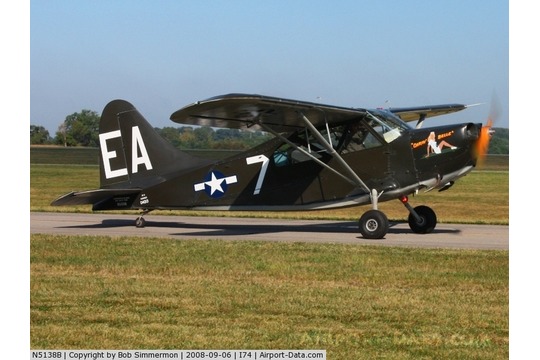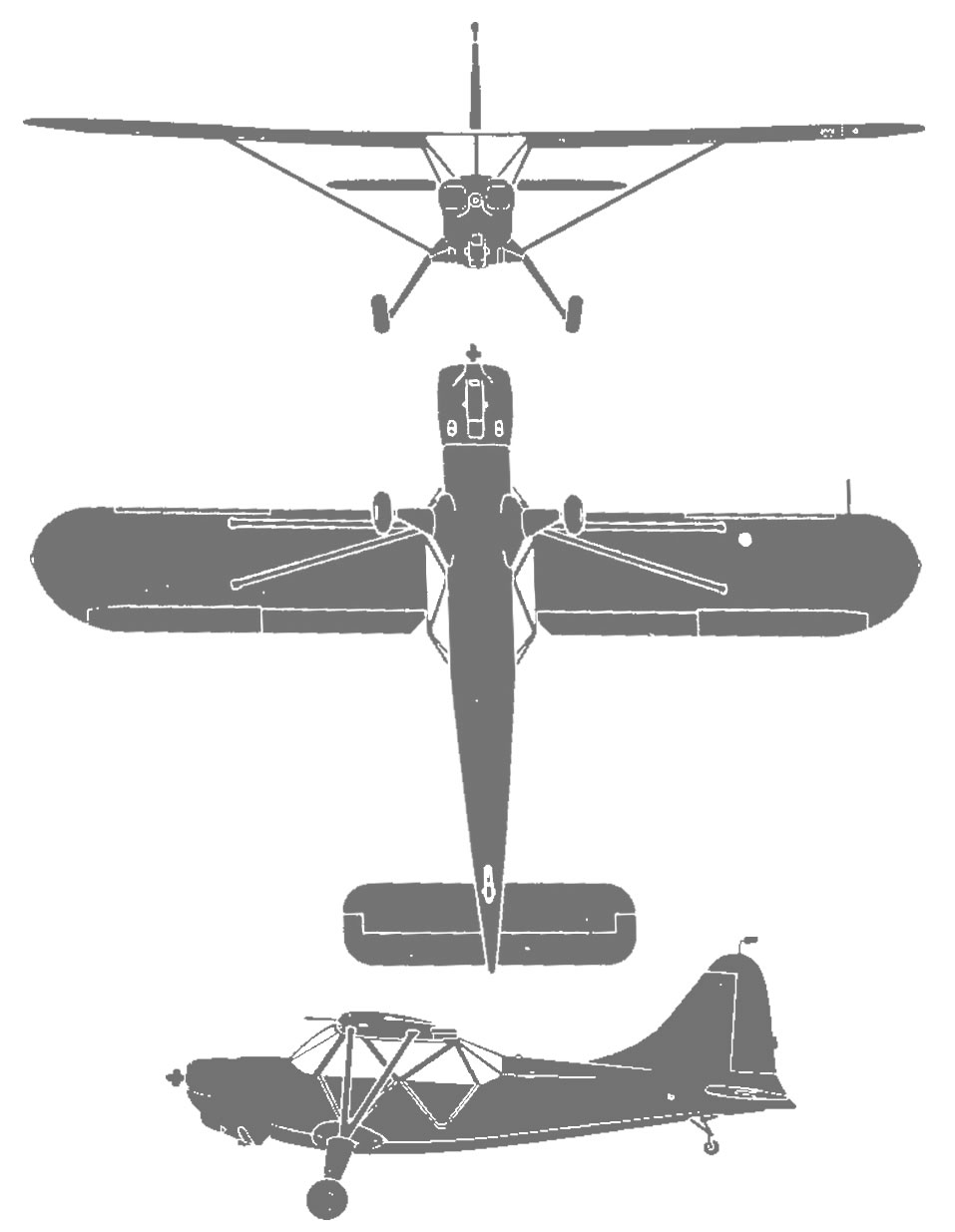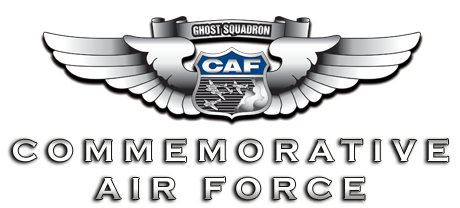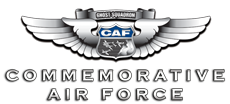OY-2 "Carin’ Belle" Lake Superior Squadron

Description:
Base:
Superior Bong Airport, Superior, WI
Website:

| OY-2 Specs | |
|---|---|
| Role | Liason |
| Manufacturer | Stinson Aircraft Company |
| Power | 1 × Lycoming O-435-1, 185hp |
| Length | 24 ft 1 in |
| Height | 7 ft 11 in |
| Wingspan | 34ft 0 in |
| Range | 375 sm |
Stinson L-5E-1VW – “Carin’ Belle” (AAF Contract No. 44-181143) N5138B OY-2 (Navy Bureau No. 04013) by Col. Stanley E. Condon
The Stinson L-5 like Carin’ Belle is on of the most important but overlooked airplanes of World War II. Not as glamorous as fighters and bombers, and not as numerous as the Piper L-4 Cub, the Stinson L-5 is relatively obscure. Nearly 4,000 were built by the Stinson Division of Consolidated-Vultee corporation during 1942-1945. a few hundred still survive, like Carin’ Belle. The L-5 was robust relative to other liaison aircraft, and flew a wider variety of missions. The aircraft didn’t require an airfield, and could be maintained under primitive conditions. Among its duties were artillery spotting, photo reconnaissance, re-supply, search and rescue, evacuation missions, courier dispatch, and personnel transport. Early models of the L-5 are sometimes called “observers” and are easily identified by the slender aft fuselage section and wrap-around rear window. The L-5B and L-5G models are popularly identified as “ambulances” and feature a deeper rear fuselage with a side door hinged downward to accommodate a stretcher. Serving in nearly every theater of the war, the Stinson L-5 was called the Flying Jeep by American forces and the Jungle Angel by British troops. Unarmed and unarmored, much credit is due to the pilots who flew the Stinson L-5.
Carin’ Belle began her life in 1945 with the Navy, serving with the Marines. Available records report transfer to the Civil Air Patrol/Orlando Naval Training Center in Florida, and operational use by the CAP during the 1960’s. The next two decades brought civilian owners until 1982, when steps were taken to bring her into the fold of CAF aircraft. Carin’ Belle’s current appearance came about with a prop to tail restoration conducted from 1985 through 1992, giving her olive drab on upper surfaces and gull gray on lower surfaces. The insignia that identifies this L-5 is Marine Corps Air Service Standard for Artillery Spotters, Unit AES-12, Quantico, Virginia.
The Navy and Marine version of the L-5 through L-5E were designated OY-1, and all these aircraft has 12-volt electrical systems. The 24-volt L-5G became the OY-2. Neither the L-5G nor OY-2 saw combat during World War II because production did not begin until July, 1945, just weeks before the war ended, but they were used extensively during the Korean War.

